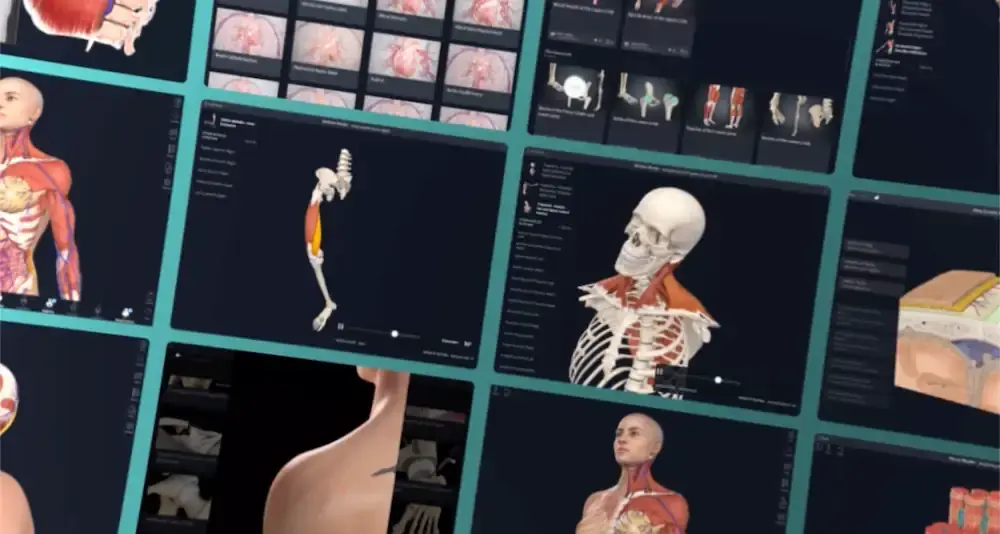
Description
The muscles of the neck consist of several subgroups. Often, they are divided into a superficial group of muscles, while all muscle deep of this group are divided by their anatomical location in the neck.
The superficial group of muscles consists of the sternocleidomastoid muscle laterally and the trapezius muscle posteriorly. The platysma, which is also considered a muscle of facial expression, is positioned anteriorly in the neck.
The sternocleidomastoid muscle divides the neck into anterior and posterior triangles. Muscles of the anterior triangle may be organized into:
- the suprahyoid muscles that attach to the superior aspect of the hyoid bone;
- the infrahyoid muscles that sit inferior to the hyoid bone.
The muscles surrounding the cervical vertebral column may be divided into anterior, lateral, and posterior groups. The anterior and lateral groups include the:
- scalene muscles (anterior, medial, and posterior);
- longi capitis and cervicis muscles;
- recti capitis anterior and lateralis muscles.
The posterior group of muscles surrounding the cervical vertebral column include the:
- suboccipital muscles, which cross the atlantooccipital and atlantoaxial joints;
- the cervical portions of the intrinsic muscles of the back, such as the splenius capitis and cervicis.
The neck also contains muscles associated with the larynx and pharynx.
Related parts of the anatomy




